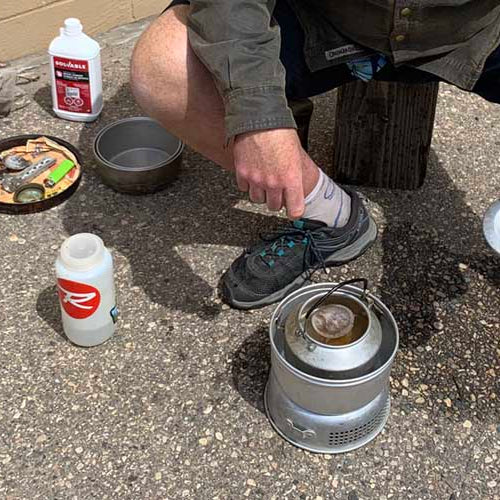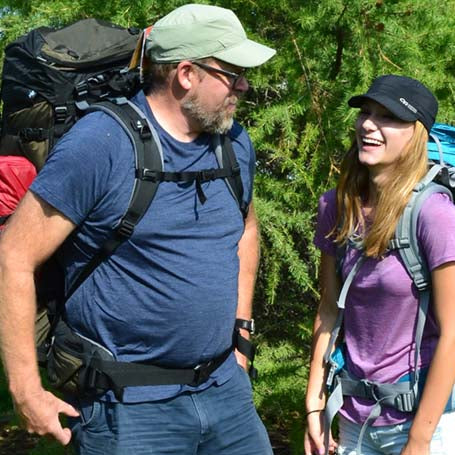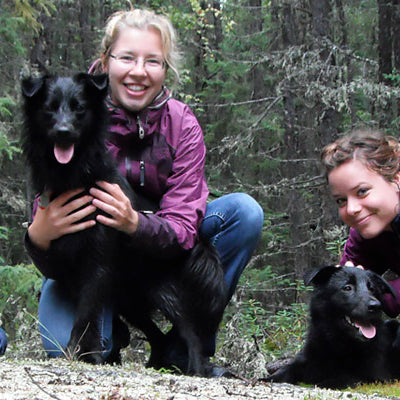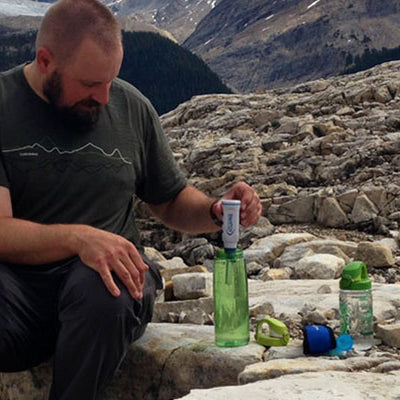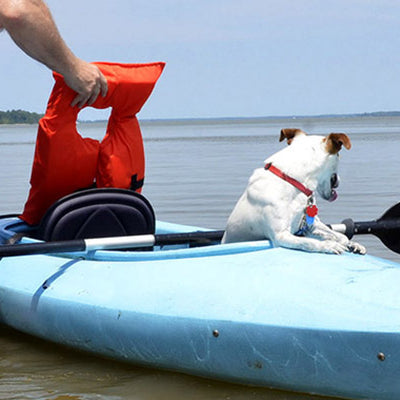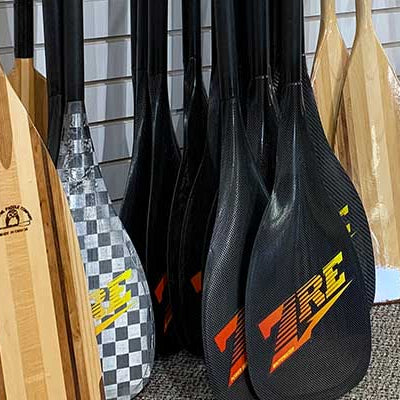
What type of roof does my car have?
If you're looking to buy a roof rack you'll need to know the following about your vehicle: year make model roof type Year, make and model are easy. Roof type is where it can get tricky, but it's vitally important you...

